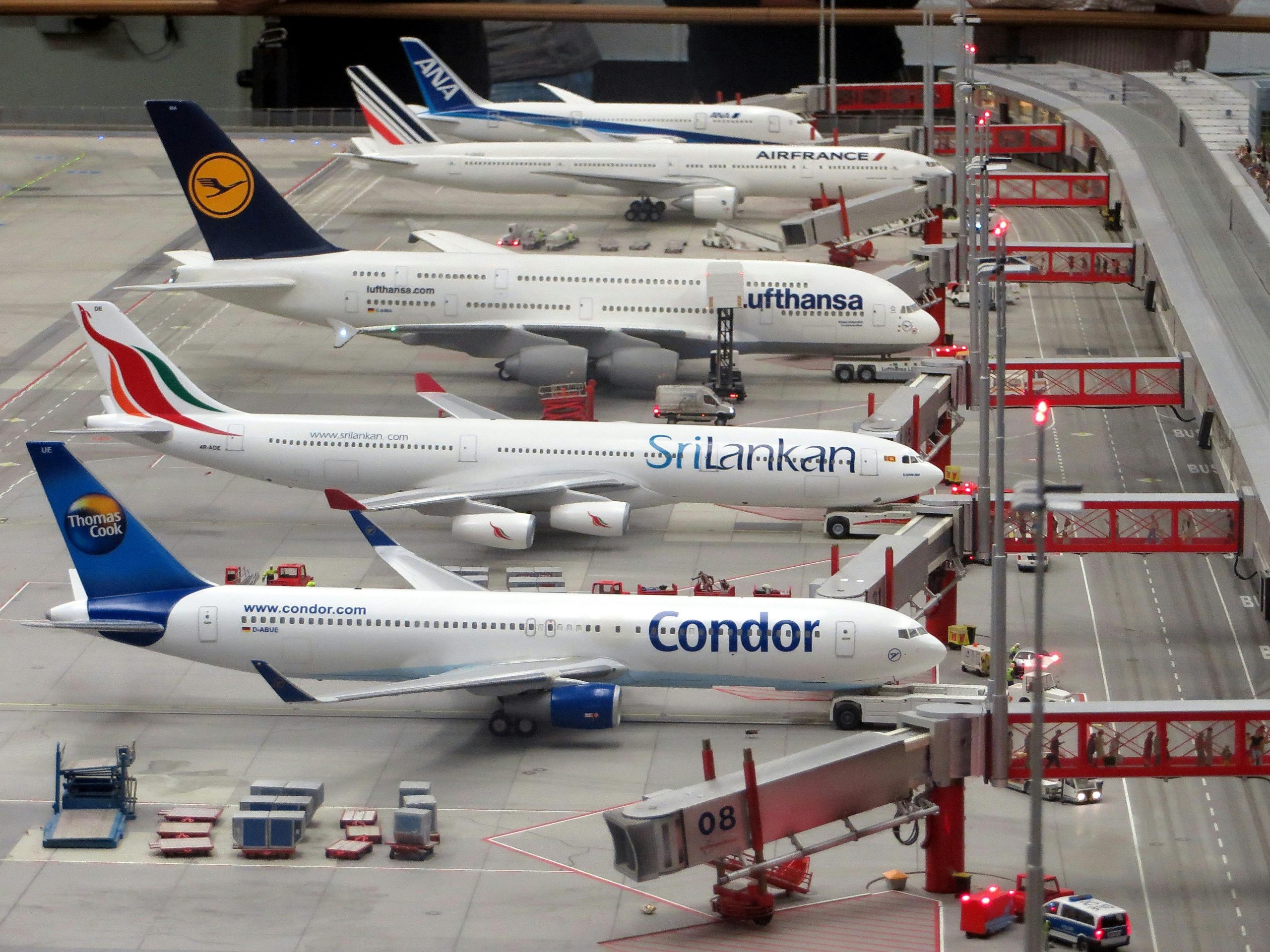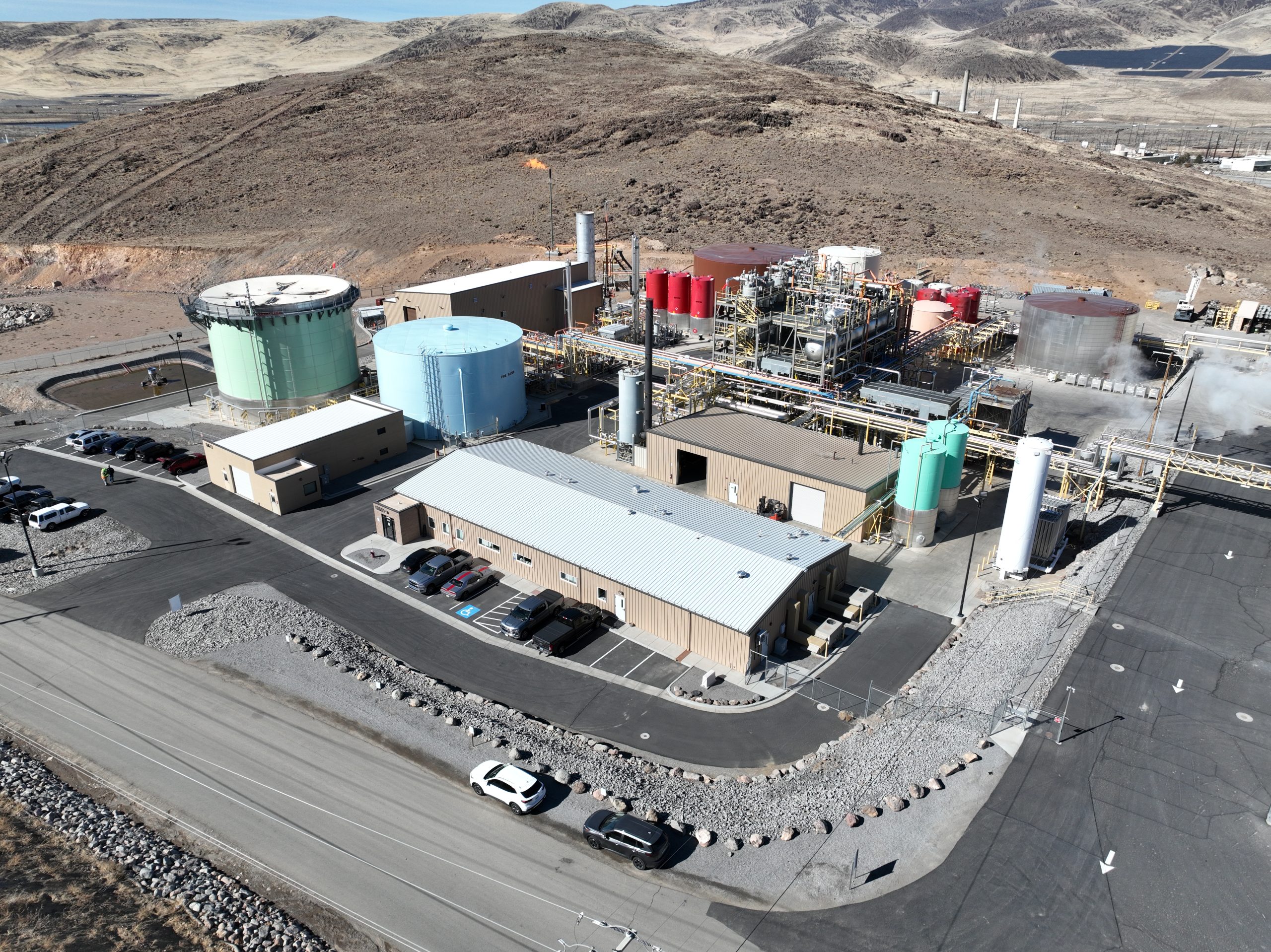ISCC CORSIA: An International Framework for Recognizing Fuel Product Sustainability
ISCC CORSIA: An International Framework for Recognizing Fuel Product Sustainability

Sustainability in aviation has taken center stage as industries strive to reduce their carbon footprint. Sustainable Aviation Fuel (SAF) is a pivotal component in these efforts, but how can producers ensure their fuel meets rigorous global sustainability standards? Enter ISCC CORSIA — a certification framework designed to verify the sustainability of fuels and their production processes. This system provides a credible, transparent way for companies to demonstrate their commitment to environmental responsibility and ethical practices.
What is ISCC CORSIA?
ISCC CORSIA (International Sustainability and Carbon Certification for Carbon Offsetting and Reduction Scheme for International Aviation) is an internationally recognized certification system that evaluates sustainability across the entire fuel production supply chain. Originally developed for the agricultural sector, ISCC has evolved to encompass renewable fuels like SAF, ensuring compliance with stringent sustainability, traceability, and greenhouse gas (GHG) reduction standards.
ISCC CORSIA operates on key principles, including:
- Avoiding Land-Use Change: Certification requires proof that the biomass used for fuel production does not come from deforested or ecologically sensitive areas.
- GHG Emissions Reduction: The system mandates the calculation and reporting of GHG emissions throughout the production cycle, ensuring measurable reductions compared to conventional fuels.
- Traceability: Every step of the supply chain, from feedstock sourcing to fuel production, must be documented to guarantee transparency and compliance.
Why ISCC CORSIA Matters for SAF
In the aviation sector, where sustainability claims must withstand intense scrutiny, ISCC CORSIA provides assurance that SAF production aligns with global environmental and social standards. It also opens doors to international markets by meeting regulatory requirements such as the Renewable Energy Directive (RED II) in the European Union.
For producers like New Rise Renewables, ISCC CORSIA certification underscores their commitment to sustainability while ensuring their products remain competitive in a rapidly evolving market.
New Rise Renewables’ Approach to Sustainability
New Rise Renewables leverages cutting-edge hydrotreating technology and non-food feedstocks like corn oil and soybean oil in their SAF production process. By focusing exclusively on non-food feedstocks, the company avoids the ethical dilemmas associated with using crops associated with global food security. This approach aligns with ISCC CORSIA’s principle of avoiding land-use conflicts and promoting resource efficiency.
Additionally, hydrotreating technology enables New Rise Renewables to produce SAF blending component with properties similar to conventional jet fuel, ensuring compatibility with existing aircraft engines without compromising performance.
The Future of ISCC CORSIA in Aviation
As demand for SAF grows, certification frameworks like ISCC CORISA will play an increasingly vital role in establishing trust and credibility in the industry. By adhering to these rigorous standards, companies can contribute to a more sustainable aviation sector while meeting the expectations of regulators, airlines, and environmentally conscious consumers.
For New Rise Renewables, ISCC CORSIA represents not just a certification but a pathway to innovation, accountability, and leadership in the renewable fuels market. Through dedication to sustainable practices, we exemplify how renewable energy companies can balance environmental stewardship with industry growth.
Conclusion
ISCC CORSIA serves as a cornerstone in the global push for sustainable fuel production. Its rigorous criteria and emphasis on transparency ensure that SAF blending component producers like New Rise Renewables can confidently claim their place at the forefront of the aviation industry’s sustainability journey. By embracing this certification, companies are not just meeting regulatory standards but setting a benchmark for what it means to be truly sustainable in a carbon-conscious world.









